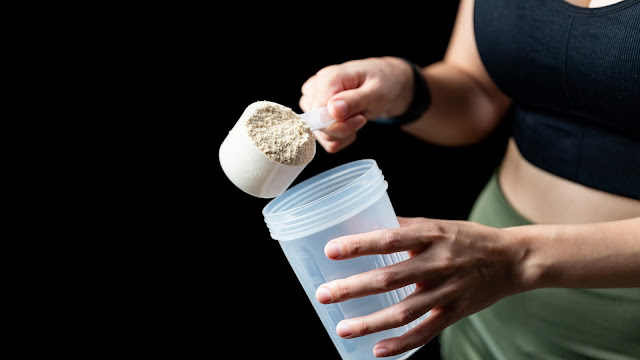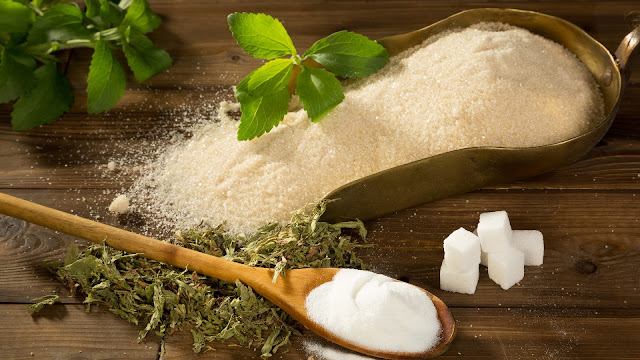Effective Strategies for Weight Loss via Smoothies
 |
| Smooth Sailing to Slimness Top Strategies for Weight Loss with Smoothies |
Discover the best guide to weight loss through smoothies. Learn effective strategies and tips for slimming down with delicious and healthy smoothie recipes. Start your road to a healthy and happy you today.
This chapter provides valuable insights that may assist you in optimizing your metabolism to its highest efficiency. Each individual has unique and distinct dietary requirements. For instance, at any certain moment, we may have deficits in nutrients, or our metabolism might be influenced by toxins, or our immune systems might be stimulated by food allergies. To assess your metabolism, you may conduct experiments using the following methods to determine their effectiveness for you: For instance, some may experience fast weight loss by minimizing their exposure to toxins, while others may see more weight reduction by eliminating items to which they are allergic. You’ll know you’re hurting your capacity to lose weight when you start to drop pounds.
Reduce the amount of sugar
Simple sugar is detrimental to health due to its provision of empty calories (calories devoid of nutrients) as well as its ability to elevate cholesterol and triglyceride levels. This may lead to insulin resistance, inflammation, and insulin level swings, ultimately leading to weight gain. To manage your sugar consumption, examine the sugar levels listed on food labels. Keep in mind that sugars are simple carbs and are included in the total quantity of carbohydrates given on a label.
Our daily recommended carbohydrate intake, which includes fruits and vegetables, is computed based on our size and activity level. The American Diabetes Association advises roughly 45–60 grams of carbohydrate for a meal. All of the smoothies in this book indicate the number of grams of carbohydrates per serving. This carbohydrate amount includes both complex carbs, such as those from whole fruits, and sugars from fruit juices. My recipes include between 15 and 30 carbohydrates per smoothie, which is obviously far within the ADA’s recommended amount. I have carefully planned the smoothies in this book to be low-carb and low-calorie.
ADD PROTEIN TO SMOOTHIES TO INCREASE MUSCLE AND DECREASE FAT
- DRINK PROTEIN WITH YOUR CARS
- AVOID TOXINS TO LOSE WEIGHT MORE QUICKLY!
- Glass is healthier than plastic
- Buy organic when it matters
- SWEETEN WITH FIBER
Adding protein to smoothies delivers the amino acids we need for effective weight reduction. Studies demonstrate that protein suppresses the appetite as well as food cravings, and it also delivers the amino acids that fuel metabolism. The quantity of protein we require varies based on our activity level, age, and gender, but to give you a broad estimate, most individuals need around 50 grams of dietary protein per day. To understand more, check out the Centers for Disease Control (CDC.gov), which has a Recommended Dietary Allowance for Protein chart on their website.
1) DRINK PROTEIN WITH YOUR CARE
The perfect weight-reduction smoothie is low-calorie and protein-enhanced to give just enough nutrition for constant energy without the fat buildup. Protein is an essential macronutrient for weight reduction since it contains amino acids, which are the building blocks for many of the biological operations in our bodies. Increasing the protein in our meals helps give us the nutrients we need to maintain our metabolism at top functioning. Protein foods, such as chia seed, hulled hemp seed, and protein powders, may be added to smoothies to help balance the carbs. Protein and fat assist in delaying the breakdown (digestion) of the whole meal, therefore limiting the quantity of sugar from the carbohydrate being released into the bloodstream at one time. As a result, the protein allows our metabolic systems time to use the calories from our food as energy rather than storing them as body fat.
2) AVOID TOXINS TO LOSE WEIGHT MORE QUICKLY!
Some poisons have a direct relationship to fat since they affect the liver. When the liver is busy cleaning up toxins, it can’t effectively break down insulin, which continues to circulate longer in your circulation, grabbing up sugar and storing it away as fat. The more pollutants, the more bodily fat storage there is!
3) Glass is healthier than plastic
Avoid phthalates, such as bisphenol A (BPA), which are toxins present in most plastics. Studies have indicated that exposure to these compounds in our food and water may play a causal role in the development of obesity. You can reduce your exposure to these substances by purchasing and storing meals and liquids in glass instead of plastic. Foods and juices are increasingly accessible in glass containers, as many food product manufacturers are becoming conscious of consumers’ health concerns regarding the toxicity of plastics.
4) Buy organic when it matters
Opt for organic items instead of agricultural chemicals. The Environmental Working Group (EWG.org) provides a useful list of the “Dirty Dozen,” which are the most extensively sprayed varieties of food. For example, apples, celery, cherry tomatoes, cucumbers, grapes, hot peppers, nectarines, peaches, spinach, and strawberries are all frequently sprayed, so it’s better to purchase organic. The USDA’s “Organic” certification also lets you know a product is devoid of genetically modified organisms (GMOs), which is significant since GMOs are naturally cultivated with the use of more agricultural chemicals than other kinds of crops. The EWG also publishes a “Clean Fifteen” list, which includes the least sprayed sorts of produce such as avocado, cantaloupe, grapefruit, kiwi, mango, papaya, and pineapple. It’s not as crucial to go organic when it comes to these goods.
5) SWEETEN WITH FIBER
Sometimes we want to add a little sweetness to a smoothie. This may be done using fiber-rich meals such as dates, prunes, and figs. They have a delicious taste, yet they break down slowly in our systems due to their fiber. This is a big advantage since delaying the digestion of the carbs gives our systems longer-lasting energy and less buildup of body fat.
Conclusion
In conclusion when you purchase food items such as yogurt, be careful to read the “Nutrition Facts” labels to learn how much sugar, fat, and protein are in each serving. Some yogurts carry as much sugar as a candy bar. And don’t think that less sugar equals fewer calories. Often, sugar-free or reduced-sugar items have even more calories than their original equivalents and may include hazardous artificial sweeteners.
Nutrition information on food labels is on most food items and makes it feasible to compute the macronutrient (carbohydrates, protein, and fat) levels in each serving of that meal or drink. It’s vital to be aware that the quantities provided represent one serving. Always take a quick peek at the number of servings per container, even when it seems like it should be evident. For example, little bottles of juice that most of us would anticipate consuming as one serving are commonly classified as 2 or even 3 servings. This is common with food labeling. You may escape this trap by simply being alert, looking at the number of servings, and then multiplying the number of grams of carbohydrates by the serving number to obtain the total amount of carbs for that product.



.jpg)






